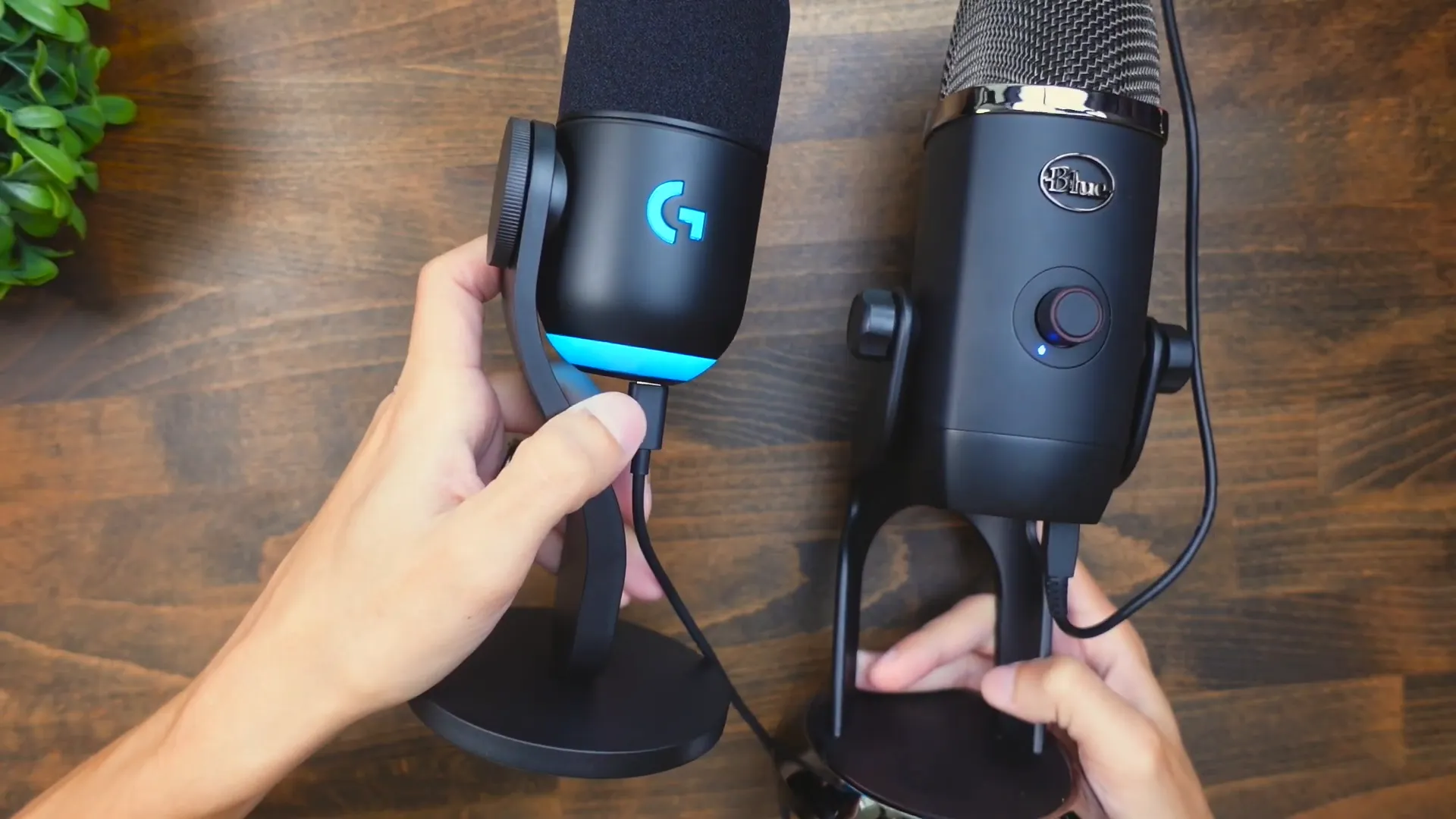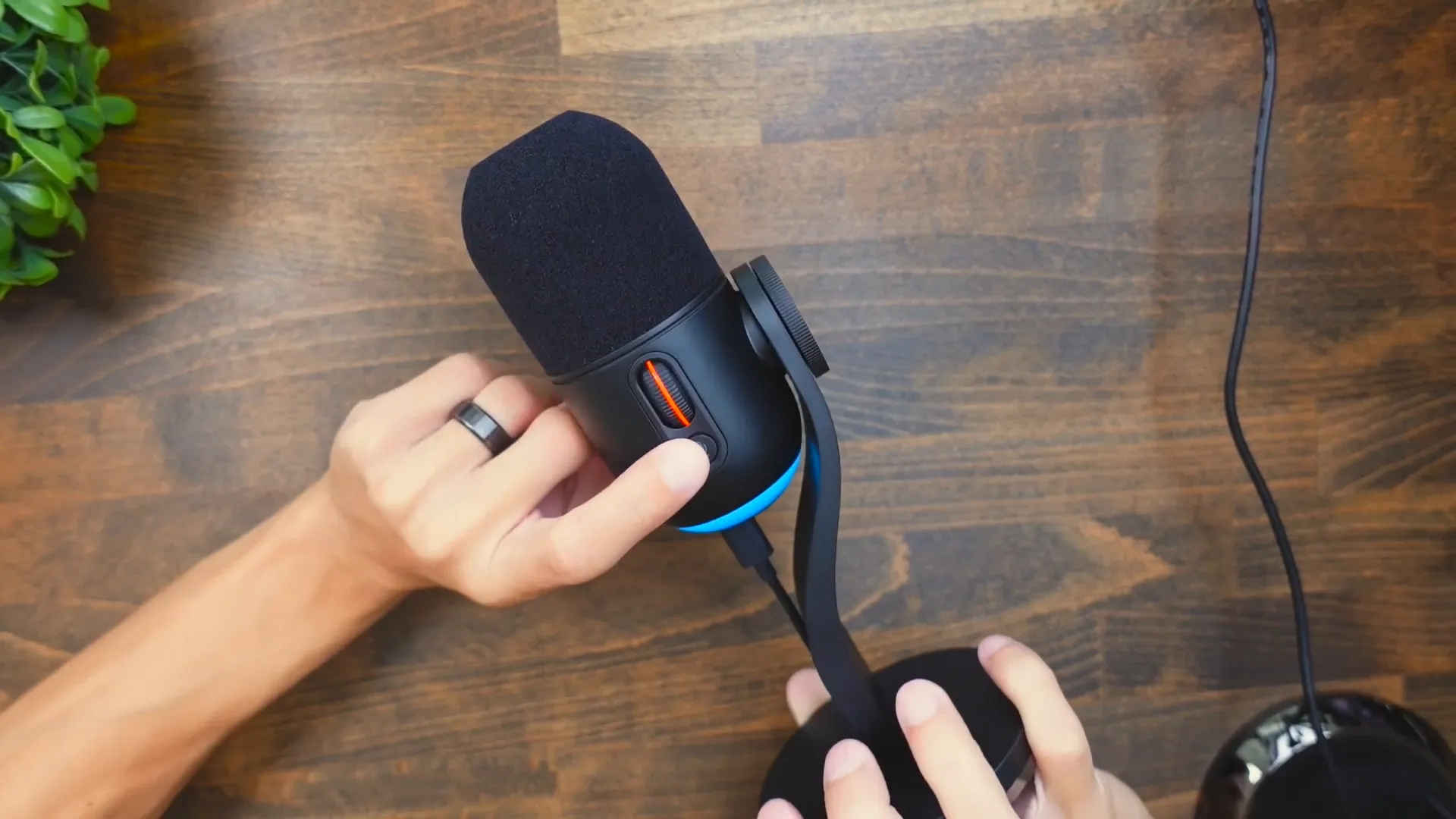Feb 10, 2025
Logitech G Yeti GX vs Yeti X Microphone: A Comprehensive Comparison
When it comes to choosing the right microphone for gaming, streaming, or content creation, two names often come up: the Logitech G Yeti GX and the Blue Yeti X. Both microphones have their unique features and designs, catering to different needs and preferences. In this post, we’ll dive deep into the differences, similarities, and overall performance of these two popular microphones.
Table of Contents
- Design and Build Quality
- Features Overview
- Sound Quality Comparison
- Software and Customization
- Pricing and Value
- Final Thoughts
- FAQs
Design and Build Quality
The first noticeable difference between the Yeti GX and Yeti X is their size and build quality. The Yeti X is significantly larger than the Yeti GX, boasting a more professional and studio-style design. It feels sturdy and mature, making it a great choice for those who prioritize aesthetics and functionality.
In contrast, the Yeti GX has a gamer vibe, primarily due to its RGB lighting. This design appeals to a younger audience or those who enjoy flashy setups. However, while the GX is compact and visually striking, the build quality of the Yeti X is superior. The materials and overall feel of the Yeti X give it an edge in terms of durability.

Features Overview
Both microphones offer a range of features, but the Yeti X is packed with more advanced functionalities. For instance, the Yeti X includes:
- Mute Button: A convenient mute button that glows red when activated, ensuring you know when you're broadcasting.
- Audio Level Indicator: The microphone provides real-time feedback on audio levels, turning yellow if the input is too high, helping prevent distortion.
- Multiple Polar Patterns: You can switch between cardioid, figure-8, and omnidirectional modes, making it versatile for various recording scenarios.
- Audio Monitoring: A headphone jack allows you to monitor your audio in real-time.
On the other hand, the Yeti GX, while lacking some advanced features, still offers:
- Basic Controls: A volume dial and a built-in mute button. The mute button also turns red when activated.
- Auto-Leveling: A feature that stabilizes your microphone levels, ensuring consistent audio without manual adjustments.

Sound Quality Comparison
Ultimately, the primary reason for choosing a microphone is sound quality. We tested both microphones under similar conditions, using a MacBook Pro without additional software configuration. Here’s how they performed:
Starting with the Yeti GX, the microphone captures sound well when speaking directly into it. At about half a foot away, the audio quality is decent, but it’s crucial to speak directly into the top of the mic due to its supercardioid pattern. If you move further away, the sound can become less clear, leading to a more muffled audio quality.

Switching to the Yeti X, the sound quality is noticeably clearer. The cardioid pattern allows for excellent sound capture when speaking directly into it, and it handles distance better than the GX. Additionally, the Yeti X's ability to switch to figure-8 mode makes it ideal for interviews, capturing sound from both the front and back.
During the tests, the Yeti X was found to produce a more crystal-clear audio quality, while the Yeti GX sounded murkier by comparison. However, both microphones outperform basic options, making them reliable choices for content creation.
Software and Customization
Both microphones come with software that allows for further customization of sound profiles. The Yeti X offers advanced equalizer settings, enabling users to adjust bass, mids, and highs based on their preferences. This level of control is perfect for those who want to tailor their audio experience.
While the Yeti GX has its own software, it is less comprehensive than that of the Yeti X. However, it still allows for some basic adjustments, making it suitable for users who don’t require extensive features.
Pricing and Value
As of the time of writing, the Yeti GX is priced at around $150, while the Yeti X is slightly less at $140. This $10 difference may seem minimal, but the additional features and superior sound quality of the Yeti X make it a more valuable investment for serious content creators.
Ultimately, if you’re looking for a microphone with more versatility and higher quality, the Yeti X is the better option. However, if aesthetics and compactness are your priorities, the Yeti GX could be the right fit.
Final Thoughts
Choosing between the Logitech G Yeti GX and Yeti X boils down to your specific needs. If you need a microphone that excels in sound quality and versatility, the Yeti X stands out. On the other hand, if you’re after a stylish and compact microphone for casual use, the Yeti GX is a solid choice.
Both microphones are excellent in their own right, and you can’t go wrong with either option. If you want to dive deeper into the Yeti GX, consider checking out my dedicated review linked here.
FAQs
1. Is the Yeti GX suitable for professional use?
While the Yeti GX is a great microphone for casual use, it may not meet the demands of professional studios compared to the Yeti X.
2. Can both microphones be used for streaming?
Yes, both the Yeti GX and Yeti X are excellent choices for streaming and gaming, providing clear audio quality.
3. Do these microphones support software for customization?
Yes, both microphones come with software that allows for customization of audio settings, although the Yeti X offers more advanced features.
4. What is the main advantage of the Yeti X over the Yeti GX?
The Yeti X offers superior sound quality, more polar patterns, and additional features like audio monitoring and a more robust design.